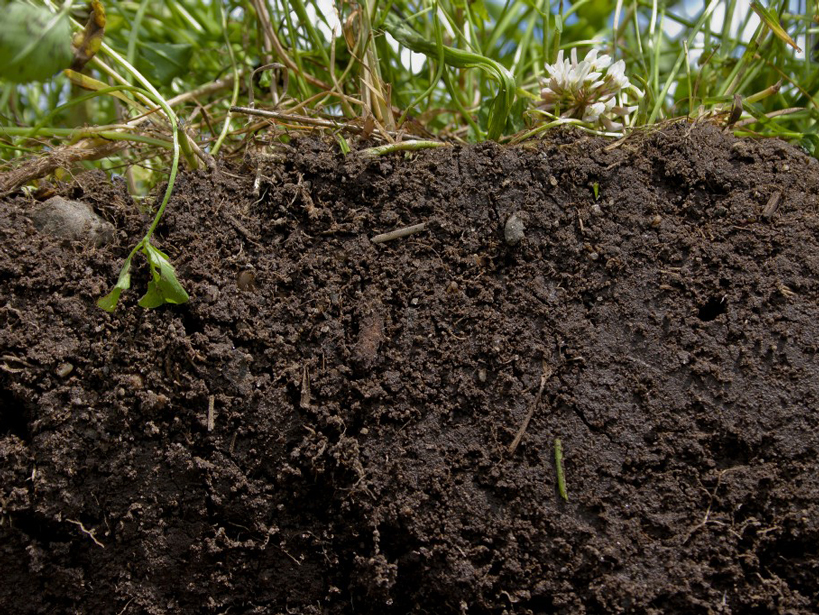Research has shown that microbial activity in soil reduces as soil moisture levels decrease, a result of both physiological stress and physical factors. However, what does a lack of water on a large scale mean for the small scale of microbes? What specific mechanisms suppress microbial activity under dry conditions? Understanding the intricacies of what drives the decline of microbial metabolism is necessary to model the terrestrial carbon balance and nutrient cycling in ecosystems during droughts.
Prior studies have shown that physiological stress alone does not shut down microbial activity in soils—Manzoni and Katul investigate further, specifically how respiration occurs when pores and pockets of water remain isolated from each other in dry conditions.
They find that moisture thresholds needed to support microbial respiration and thresholds estimated from hydrologic connectivity (typically, from relatively large soil samples) are disconnected because they are evaluated on vastly different spatial scales. However, when everything is brought to the microscale environment experienced by soil microbes, new values for hydrologic connectivity thresholds emerge. Respiration and hydrologic thresholds are thus no longer in conflict. (Geophysical Research Letters, doi:10.1002/2014GL061467, 2014)
—Catherine Minnehan, Freelance Writer
Citation: Minnehan, C. (2015), Microbial activity in dry soils, Eos, 96, doi:10.1029/2015EO023429. Published on 9 February 2015.
Text © 2015. The authors. CC BY-NC 3.0
Except where otherwise noted, images are subject to copyright. Any reuse without express permission from the copyright owner is prohibited.

